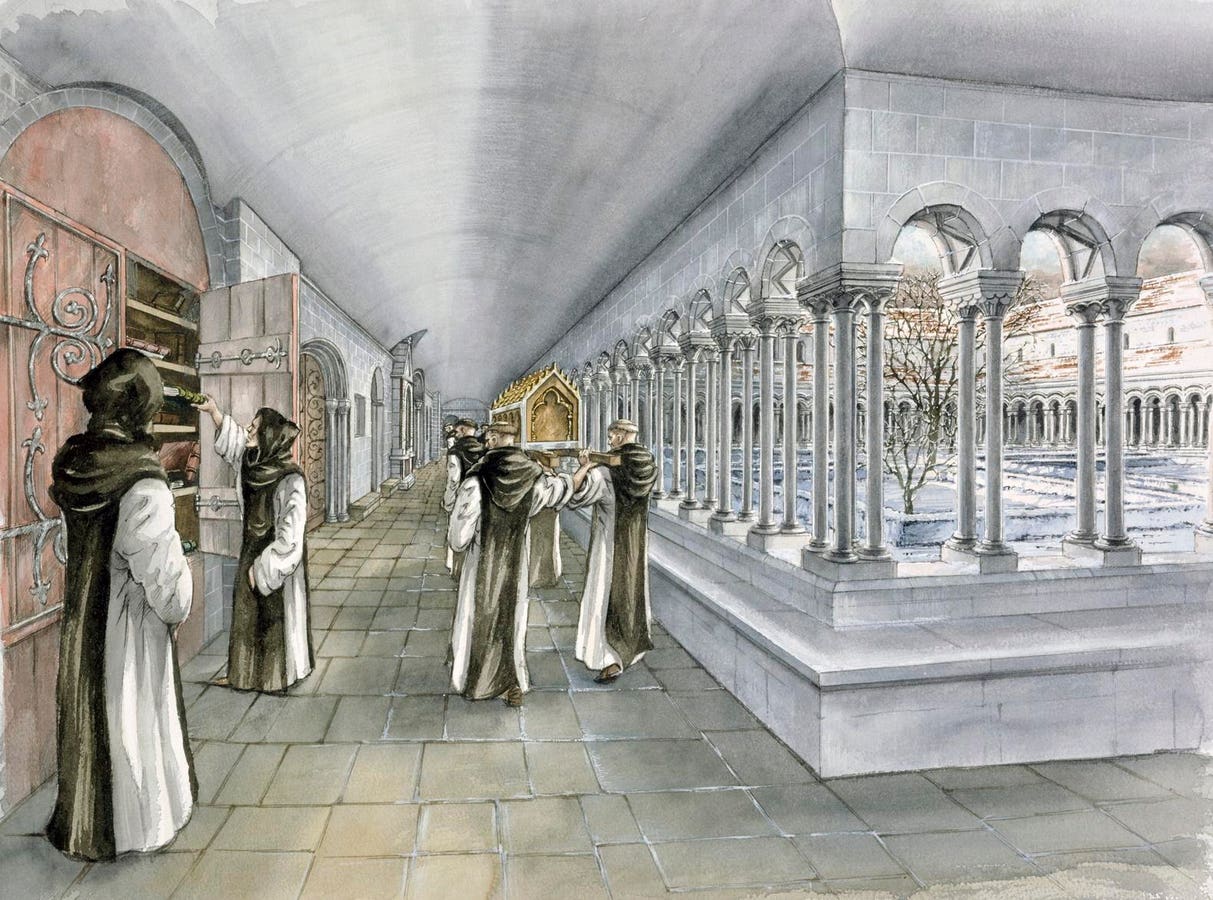Monk mode—inspired by the disciplined lifestyle of monks—refers to intense periods of uninterrupted … [+]
In what can only be described as somewhat ironic, discussions of “monk mode” have been gaining popularity on social media platforms—notably TikTok—where users share tips on the best way to reach peak productivity.
You can also read about the advantages of using SME senior contributor Jack Kelly wrote earlier this week, “Monk mode—inspired by the disciplined lifestyle of monks—refers to intense periods of uninterrupted focus to optimize productivity. This involves being hyper-focused on one task, and eliminating all distractions.
Experts suggest that rather than discussing how best to embrace monk-mode on social media, it is better to avoid the platforms. They are one of the largest distractions of modern life.
“Faced with an overwhelming and ever-growing amount of information, every day, and every minute, be it by news portals, friends on social media, topics of interest and random topics that we did not know we needed to know, we are currently immersed in a sea of information,” Dr. Patricia Páez Manjarrez, professor of Organizational Development, Business Administration, and Human Resources Management in undergraduate and graduate programs at the CETYS University International Campus in Ensenada, explained.
Manjarrez said: “In the past, people only used one screen during a limited time period. Today, they have multiple screens on them at all times, including a smartwatch, a phone, and video games. They also use several tabs on various devices simultaneously, while scrolling on many different social networks.
Information Overload
Manjarrez said that it was not so long ago we didn’t have as many screens. It’s also important to note that social media was designed in order to maintain our engagement, which is beneficial to the platform’s bottom line even if not for society.
The information-rich social media world is reactive, not reflective. It emphasizes quick judgments and commentary rather than receptivity and listening.
Social media culture is one of likes, follows, shares, and posts—and as much of this is polarizing, it can alter how we think and feel.
Marlo said that social media addiction can have a significant impact on how we relate to others. It limits our ability to communicate and listen, especially if another’s story is longer than 2880 characters. “Social media addiction can significantly alter ways of relating to others partially by limiting our ability to communicate and listen to others’ stories—especially if another’s story is longer than 2880 characters!”
Younger Users Are Being Impacted
Monk mode is most likely to benefit younger users, both in terms of their schoolwork and social life. Many teens and young people prefer to communicate with each other via mobile devices.
Consuming social media by students can affect their social function. Social media can interfere with students’ ability create healthy romantic and consensual relationships. Dr. Adrienne White Baldwin, Assistant Professor in the School of Social Work, Virginia Commonwealth University said.
She explained that she has spoken to students about their social media consumption, and even those who spend a lot of time on social media do well in class—but they’ve already taken a monk mode approach, even if they didn’t actually know of the term.
Baldwin-White said that many people have discovered the benefits of having an established time when they can use social media.
Social media can be a time-waster, especially if it interferes with your work or studies.
Manjarrez said: “If your first action when you get up in the morning is to look at your smartphone and your last act of the day, if your social media scrolling brings you negative feelings and makes you think about how someone else lives their life and it’s very different from your own; or if your fear comes from missing out on important information and seeing others living a happy and fulfilling lifestyle that you don’t want. It’s important to stop thinking if your goal is clear but you are unable achieve it.
SME Paid Under

